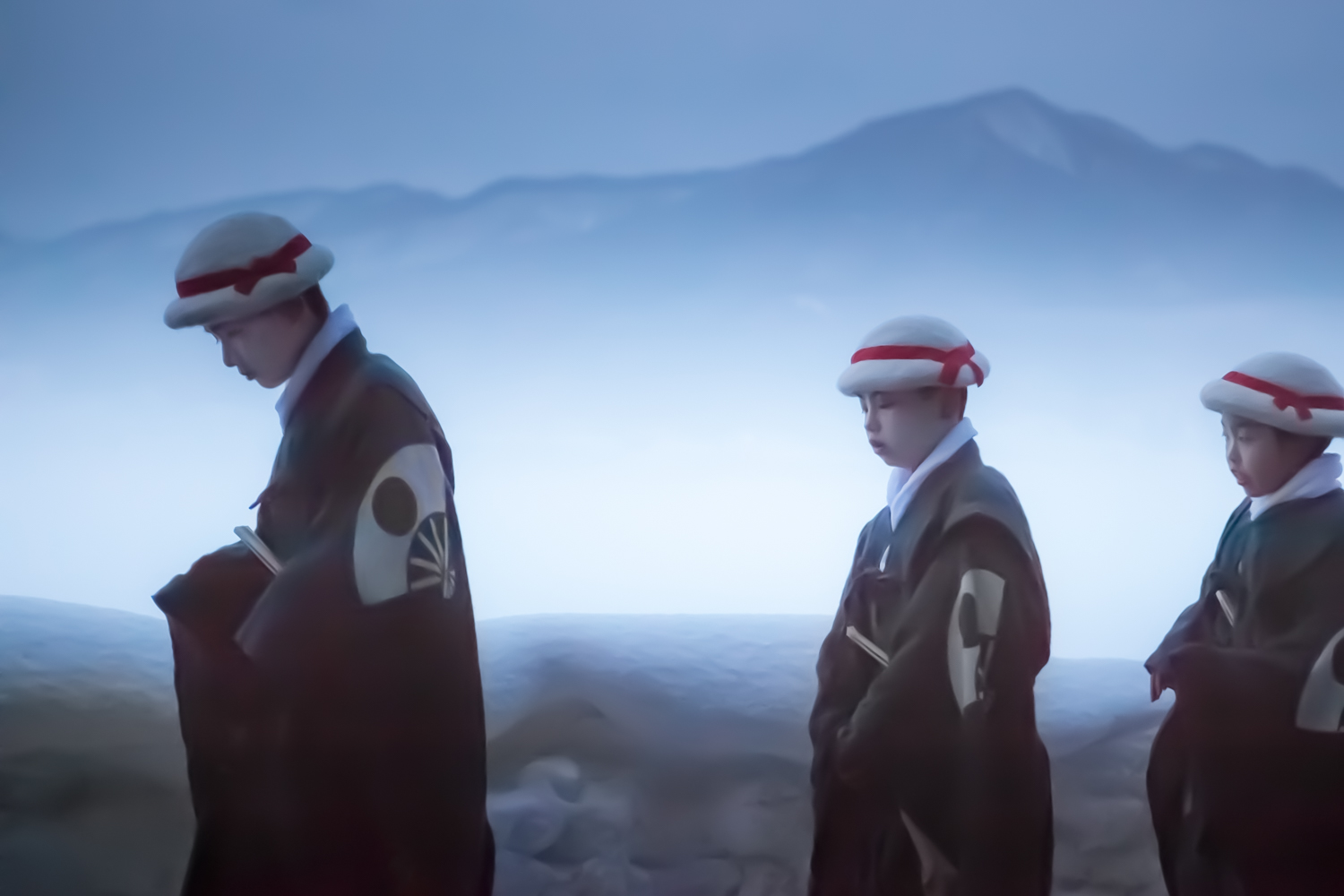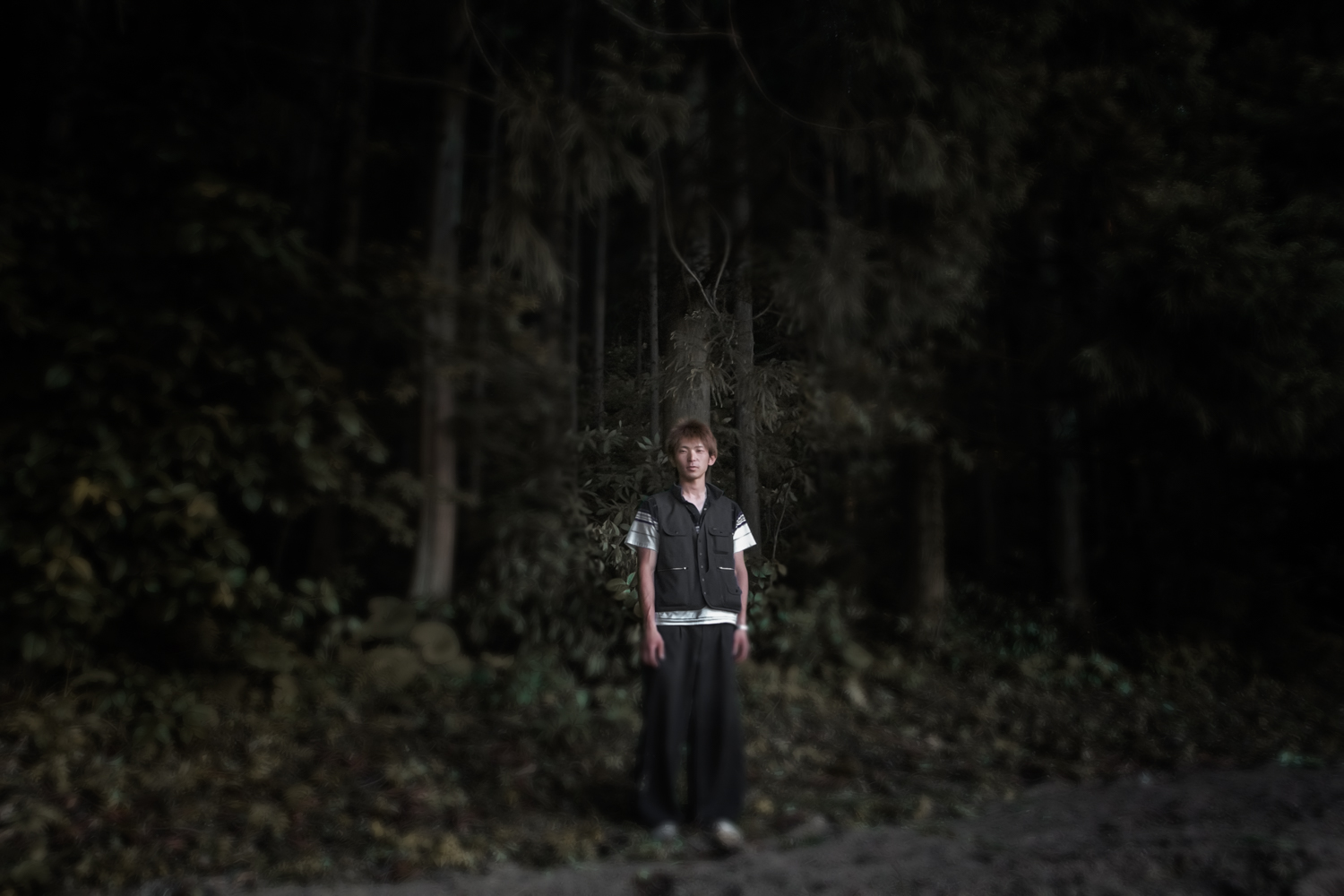ZAIDO
photographed by
Yukari Chikura

Who is Yukari Chikura?
I am Yukari Chikura, I was born in Tokyo, Japan. After I graduated with a music degree, I became a music composer, arranger and computer programmer. I won the STEIDL BOOK AWARD and my work was published by STEIDL. I was selected as “FOTOFEST Discoveries of the Meeting Place 2018”. I also won the LensCulture Emerging Talent Awards 2016, the Sony World Photography Awards, the Photolucida Critical Mass TOP50 2016 & 2015, the Julia Margaret Cameron Award, the International Photography Award and the National Geographic Award, among others. I have had 15 solo exhibitions and group exhibitions at museums and galleries around the world. Some projects are held in collections in the Griffin Museum in the US and the Bibliothèque nationale de France. I was an artist in residence at the Rokko International Photography Festival 2015. My photographs were selected for “IPA Best of Show photographer 2013” (Lucie Foundation). I participated in the “RPS Photobook Masterclass”, the “Review Santa Fe 2014” and the “Eddie Adams Workshop 2014”. My work has been published in the New York Times, the Guardian, PDN, VICE Magazine and Wallpaper*, among others. I gave lectures at Tokyo Zokei University in 2013, 2016 & 2017.


How did you receive your first camera?
I have always loved to travel, above all else. At first, I used a compact camera, given to me by my father to take pictures of my travels. But then I decided I wanted to capture the landscapes and people I would never see again in a more beautiful way, so I bought a single-lens reflex camera myself. I have also received one as a prize for winning a contest.



Do you remember the first picture you took?
I don’t really remember, but I do remember taking pictures at the sand dunes where my family and me went on a trip when I was a child. I didn’t have a lot of time to spend with my parents when I was little, so those family trips are unforgettable.
Is it easier to take pictures of friends or of strangers?
I love to take pictures of people I’ve never met before. Sometimes I can get a sense of their personality or life through the lens. When it’s a friend, they can actually be quite shy sometimes. I have many friends who I’ve met through photography and who from complete strangers have become very dear to me. At times like these I am very glad I do photography.

How do you find inspiration? What inspires you most? Movies, books, magazines or is it just what’s around you?
Ever since I was a child, I’ve loved watching movies.
They take me on a journey to worlds never seen before; they open doors to my emotions… Of course, very often it’s not just movies that inspire me; sometimes I find inspiration in books and magazines as well. I don’t normally take a lot of pictures, but when I travel I try to keep my mind on the road and photograph the landscapes and people that I happen to encounter and that inspire me.


Which of your photographs is your favorite? Is it always the one you are going to take tomorrow?
One of my favorite photos from the “Fluorite Fantasia” project is of a star-filled sky behind the silhouette of a large tree. It’s as if I could hear the whispers of the stars in the sky. And there is one more; it’s a picture of a staircase in the “ZAIDO” book. It is such a long, long staircase that you can’t see how far it goes. Where does it lead? Does it continue into the past or into the future? Maybe it’s a path that goes back and forth between this world and the next. When I saw the staircase, it felt like if I climbed these stairs, I could meet my late father at the end of it. Looking at this staircase was like an Escher painting. You wouldn’t know whether you were going up or down. It’s a strange staircase that can be interpreted differently by the viewer. Another rather striking photo from “ZAIDO” is of children walking to the festival. Their young gait takes them on a long walk through extremely snowy roads and cold that sometimes reach -20°C. When this picture was taken, the moon was still in the early morning sky, and it was a very magical scene, as the ridges of the mountains in the distance looked beautiful but were covered in fog. I had the strange feeling someone else was making me shoot.


Everyone carries a camera phone these days. How has that changed photography?
It’s a wonderful thing that we live in an age where anyone can easily take great photos. At the same time, it’s a difficult time to work as a photographer. For news photography, especially when it comes to capturing dramatic moments, there is no substitute for someone in the field. There is no longer much need for a photographer to take photographs that can be captured by literally anyone. I feel it is necessary to reconstruct the landscapes and events that I envision in my mind and express them in my own style.


As the saying goes, a picture is worth a thousand words, so photography is a story we fail to put into words. Would you agree?
I’ve never been good at speaking since I was a kid, and I’ve always tried to express myself in ways other than speaking. Photography is one of those ways. I believe that photography can certainly express what cannot be put into words, but I feel that it can also be more eloquent than words sometimes. My aim is to tell a story through photography.

What’s the story behind your “ZAIDO” book, published by the Steidl Verlag?
The sudden death of my father, my own big accident, and the devastating earthquake and tsunami that struck Japan left me with no will to live. One day, my father came to me in a dream and told me to go to a village where he used to live. Following his words, I arrived at a place hidden in deep snow. There, ZAIDO a 1300-year-old ritual was being performed. It is a beautiful, but harsh ritual, so I was impressed by the devotion of the performers, protecting what had almost been lost due to war, disease and disaster. It is through their dedication that I am able to find a meaning to life again.

Who is your favorite Japanese film director?
I don’t watch Japanese movies as much as foreign movies, but I love Akira Kurosawa, Shunji Iwai, Hayao Miyazaki.

Sushi or ramen?
Sushi!!!

Manga or classic literature?
I’m fascinated by both. These days, a lot of movies and dramas are based on comic books. Sometimes, I’m more inspired by manga than by the classics.

Any favorite songs when visiting a karaoke bar?
I used to sing in TV commercials, but I am very bad at singing in front of people. So, unfortunately, I don’t go to karaoke.

What are you passionate about besides photography? What do you do in your free time?
When I have time, I watch movies, read books, paint, and fantasize…


_Text Uwe Buschmann (copy editing Silvia Strauch)
https://steidl.de/Books/Zaido-Steidl-Book-Award-Asia-1035404453.html?SID=CA5Al9621446









